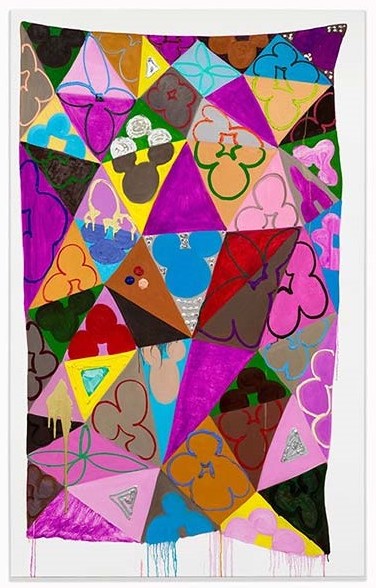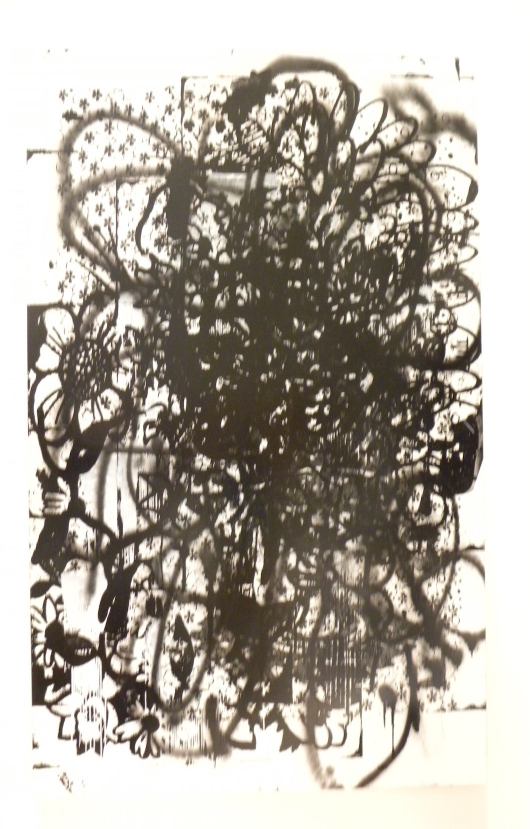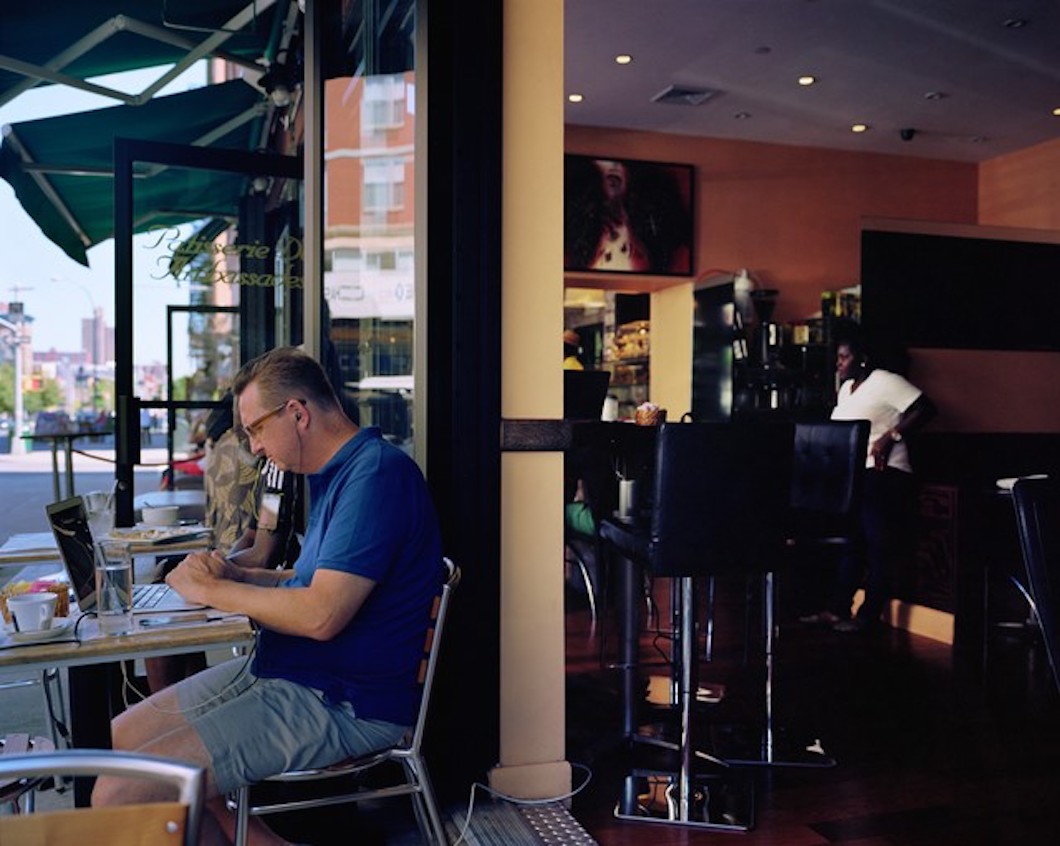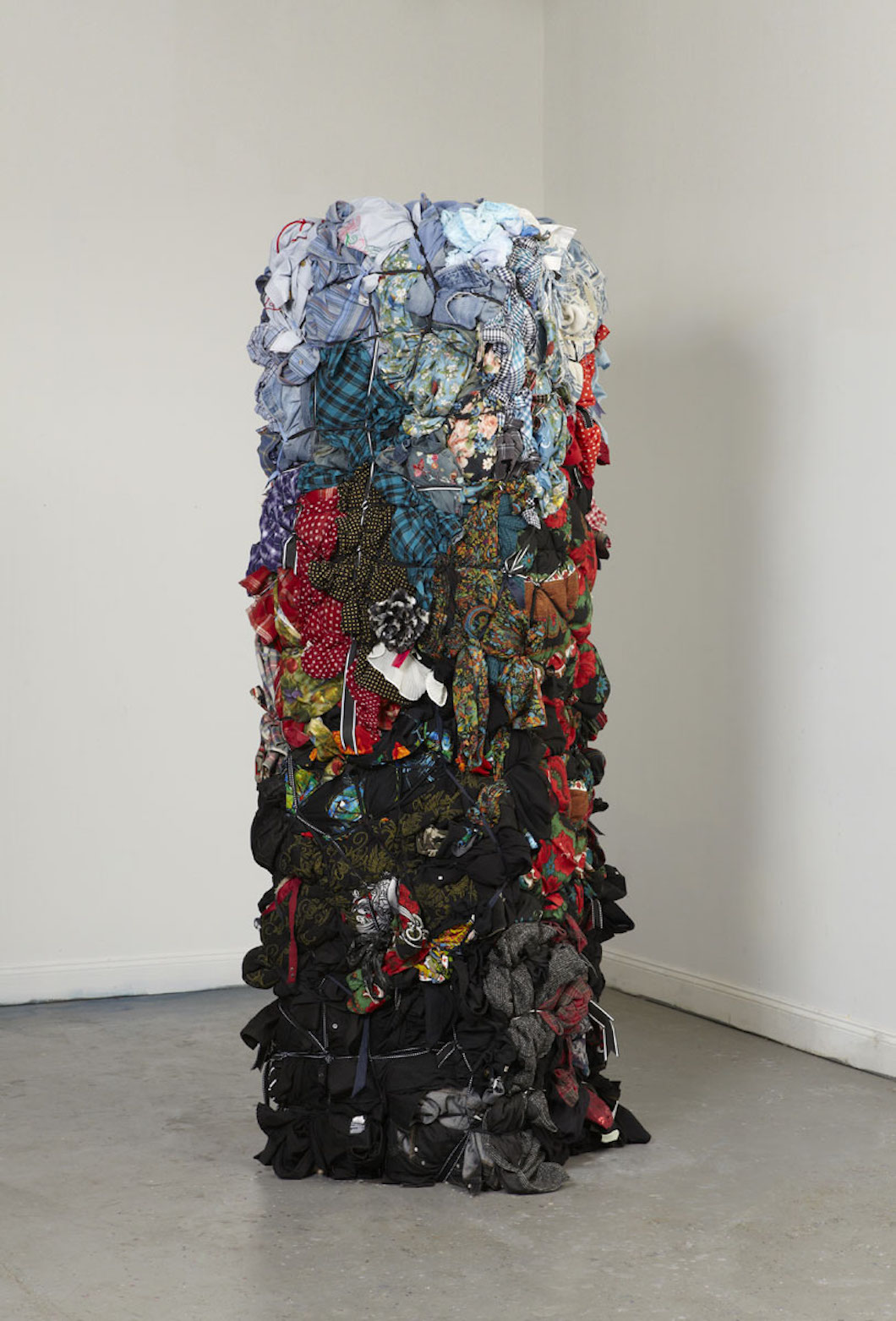12/04/2020 | Silvia Anna Barrilà
Jack and Sandra Guthman Collection
Art collectors in Chicago
Jack Guthman is a Chicago real estate lawyer. He and his wife Sandra collect works of contemporary art for their home, an elegant building located in the Near North Side area, built in 1914 as a single-family home and then used as a synagogue for a few years, before the couple bought it in the 1990s and reconverted it into a home. We visited his collection during the last edition of Expo Chicago, in September 2019.
When did you start collecting?
Soon after our wedding, so about 50 years ago. I was a young lawyer, my wife and I went to New York and we were looking for a pastime that wasn't expensive (overtime, instead, it turned out to be quite expensive), so we started going to the galleries.
What kind of art did you start with?
We started with prints. These were the years when even the great artists produced original prints, such as Frank Stella and Jasper Johns. Then this sector represented a much more important part of the art scene than today.

"Race Riot" by Theaster Gates
And then how did your collection continue?
A bit of Minimalism, a bit of Color School, but then we approached conceptual photography, which now represents the most important part of our collector activity.
Why photography?
It is more accessible, and then often the subject is political or social, and this interests us. Artists have the ability to anticipate themes that then become relevant to society.
Can you give us some examples of the artists in the collection?
Christopher Wool, Sarah Lucas, Albert Oehlen, Douglas Gordon, Rodney Graham, Thomas Struth, and Gabriel Orozco. A photograph by the Mexican photographer Teresa Margolles is one of our most recent purchases: it is from a series of photographs of transgender sex workers at the demolition sites of the nightclubs in Mexico where they formerly worked. It shows the clear failure of urban regeneration plans, a very significant job for me as a property lawyer.

"Recovered, Missing, Stolen Set 1" by Michael Rakowitz
Do you follow the Chicago artists?
Of course, this is another line that we follow in our collection. For example, artists such as Theaster Gates, Pope L, Kerry James Marshall, Dawoud Bey, Julia Fish, Judy Ledgerwood, Tony Tasset, Richard Rezac, Michael Rakowitz. A work by Rakowitz is currently installed on the Fourth Plinth of Trafalgar Square in London (from March 2018 until March 2020) and he recently had a solo show at the Whitechapel Gallery. We have never tried to look only in one direction because we are not a museum. We buy what we like. Furthermore, everything we own is exhibited, or on loan.
And who are the young Chicago artists you are most interested in?
Amanda Williams, Bethany Collins, Brendan Fernandez.

"Drunkards Path" by Judy Ledgerwood

A painting by Christopher Wool
Are there any rules you follow?
Yes, we have three rules: the first is that they are living artists, the second is that the works are hung on the walls, the third is that we both like them.
How would you describe the Chicago art scene?
It is very collaborative and the commitment to the institutions is deep and widespread. The fact that I have been a trustee of the Museum of Contemporary Art for 30 years, for example, has not prevented me from being President of the Society for Contemporary Art of the Art Institute for a period of time. Chicago has always had several highly respected schools, thanks to which artists can stay and live in this city. This helped a lot to feed the local scene and attract young people.

"Harlem Redux" by Dawoud Bey
And the galleries?
There was a time when the Chicago art scene was very vital. Then, in the late 1980s, there was a fire that destroyed a building that housed numerous galleries. It was a moment of Caesura. Many galleries were destroyed, and they were not well insured, so they failed to start up again. Now is a period of rebirth, with new galleries and young collectors.
Tell us about the Museum of Contemporary Art, Chicago, where you are a trustee.
The Museum of Contemporary Art has matured, in 2014 it turned 50. The first site of the museum was a small building without a collection, yet the exhibits were very ambitious. Then we had the opportunity to build a new headquarters and the museum has grown along with the awareness of its role as an international institution, with all the limitations but also the stimuli, given that the funding is not from the government but linked to fundraising.

"Bale Variant No 22" by Shinique Smith
What are the duties of a trustee?
Supervising the work of the museum, but certainly not that of the curators, except in the sense that they remain within the scope of the museum's mission. You certainly don't choose artists. Helping maintain the structure of the museum and therefore everything related to governance, fundraising, that is everything that does not concern the artistic side. You give a chance to those who deal with art to do their work. You take care of the business side, make sure - even though it's not a company - it works efficiently. Because if you can't ensure the financial maintenance of the institution, you can't have the museum. Your growth is linked to the ability to raise funds. The same applies to the Biennale, which is 100% privately financed, even the Chicago Architecture Biennale.
Of which you are Chairman...
As a lawyer I have always worked pro bono for art institutions and artists, so my collaboration with the Biennale came about and then later I took on the role of President. Even in this case, I am not involved in artistic decisions, I leave this task to the curators.

"Black Drawing" by Julia Fish
Do you usually work with an art advisor?
No.
Is art an investment for you?
No, we buy what we like and want to live with. And anyway, we do not sell, but we have donated works to the Museum of Contemporary Art and the Art Institute, so it certainly isn’t an investment. We like to buy when the artists are still young, as was the case with Lorna Simpson, El Perez, Shinique Smith, Glenn Ligon, and Alfredo Jaar. You bond with these artists and it is nice to watch their careers grow.
